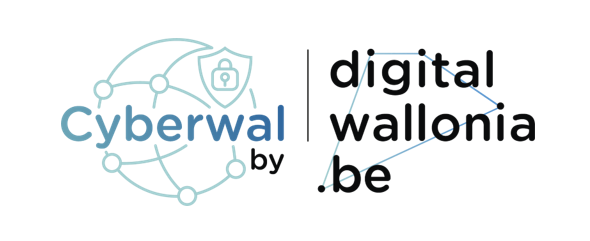The Gap Between UX Literacy and UX Practices in Agile-UX Settings: A Case Study
Integration of agile and user experience (UX) remains a challenge despite being a major research interest for both agile software development (ASD) and UX stakeholders. Typically, ASD stakeholders’ primary focus is delivering working software, whereas UX stakeholders focus on designing systems that meet user needs. These differences lead to friction between developers and designers. In this paper, we focus on ASD stakeholders working in an agile-UX setting and explore the gap between their UX literacy and UX practices. We adopted a case study approach involving ASD stakeholders from two organisations working in agile-UX settings. We studied both organisations for over a year, starting at the end of 2021. Specifically, we compared data about their UX literacy collected by questionnaire and semi-structured interview, to data about their UX practices collected by observation. We administered the questionnaire and conducted the semi-structured interviews twice, in rounds six months apart. We used participant observation in projects with which we were involved as UX researchers and designers. Our findings show that ASD stakeholders’ UX practices do not match their yet acceptable level of UX literacy. For example, ASD stakeholders still engage in premature development activities, although they understand the problems associated with late design changes. We encourage UX practitioners and researchers to conduct UX maturity assessments and address identified disparities, as we believe this will reduce the friction between different stakeholder groups and facilitate the integration of ASD and UX.
